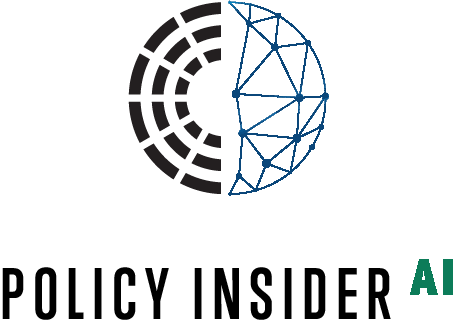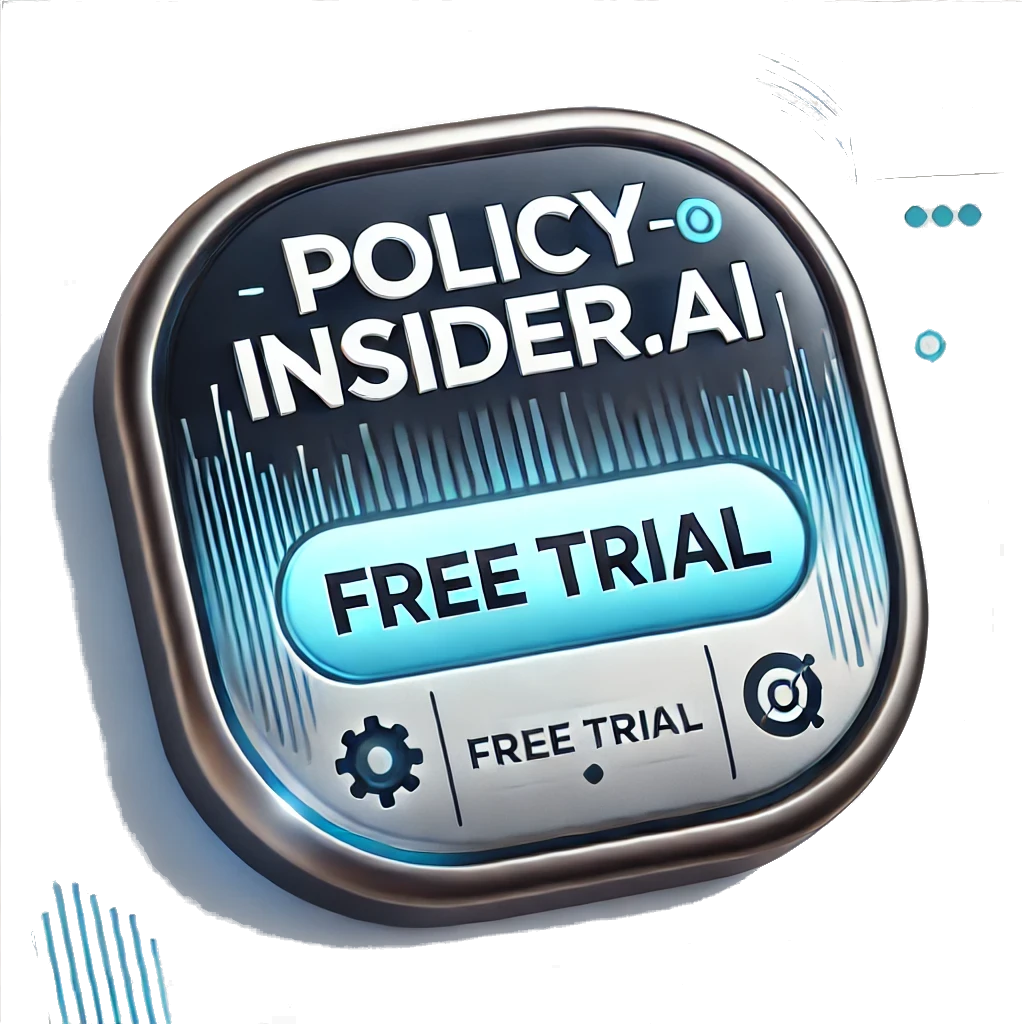In today’s rapidly evolving political landscape, policy analysis has become more critical than ever. With the advent of artificial intelligence (AI) and big data, organizations can now navigate the complexities of policy changes with greater precision and efficiency. This blog explores how AI and big data are revolutionizing policy analysis and how you can leverage these technologies to stay ahead.
The Evolution of Policy Analysis
Traditional policy analysis involved manual tracking of legislative changes, lengthy data collection processes, and extensive human analysis. While these methods have been effective to some extent, they are often time-consuming and prone to errors. Enter AI and big data, technologies that have revolutionized policy analysis by automating data collection, providing real-time updates, and generating actionable insights.
How AI Enhances Policy Analysis
AI algorithms can process vast amounts of data at unprecedented speeds, making it possible to analyze policy documents, legislative texts, and regulatory changes in real-time. By leveraging natural language processing (NLP) and machine learning, AI can identify key policy changes, predict their impacts, and provide summaries that are easy to understand.
Read More: AI and the Future of Public Affairs: A Revolution in the Making
The Role of Big Data in Policy Analysis
Big data plays a crucial role in providing a comprehensive view of the policy landscape. By aggregating data from multiple sources, including government websites, news outlets, and social media, big data analytics can uncover trends and patterns that were previously difficult to detect. This holistic approach enables policymakers and analysts to make more informed decisions.
Benefits of Using AI and Big Data for Policy Analysis
- Real-Time Updates: Stay informed about policy changes as they happen, allowing for timely responses.
- Accurate Predictions: Use predictive analytics to forecast the potential impacts of policy changes on various sectors.
- Enhanced Efficiency: Automate the data collection and analysis process, freeing up resources for strategic decision-making.
- Comprehensive Coverage: Access data from a wide range of sources to get a complete picture of the policy landscape.
Read More: The Ultimate Guide to Policy Tracking Systems
Customized Solutions by Policy-Insider.AI
At Policy-Insider.AI, we understand that each organization has unique needs when it comes to policy analysis. That’s why we offer customized solutions to develop bespoke applications, algorithms, and platforms tailored to your specific requirements. Whether you need a custom AI model to analyze particular policy areas, an integrated platform for your organization, or specialized data services, our team of experts is here to help. We have successfully partnered with organizations to create tailored solutions that drive efficiency and provide actionable insights. Discover how our customized services can support your policy analysis needs and drive your strategic initiatives.
Read More: Customimsation services provided by policy-insider.ai
Some Practical Applications
1. Evaluating EU Health Policy Leaders
AI and big data can be particularly useful in evaluating the effectiveness of health policies across different regions. For instance, the European Union (EU) has been a leader in health policy, and advanced analytics can help assess the performance of involved policymakers.
Read More: Insight Through Analysis: Policy-Insider.AI’s Impact on Evaluating EU Health Policy Leaders
2. Supporting Startups in Navigating Regulations
For startups, understanding the regulatory environment is crucial. AI-driven policy analysis can help new businesses stay compliant with regulations, ensuring they navigate the complex landscape effectively.
Read More: The Essential Role of Public Affairs and Government Relations in Startups
3. Enhancing Trade Associations’ Advocacy Efforts
Trade associations can benefit from AI and big data by getting tailored insights that support their advocacy efforts. Customized policy monitoring solutions can provide valuable information to help these associations influence legislative changes.
Read More: Why PI.AI is the Perfect Complement to Trade Associations for Policy Monitoring
Conclusion
The integration of AI and big data into policy analysis marks a significant advancement in how organizations track and respond to legislative changes. By leveraging these technologies, you can gain real-time insights, make accurate predictions, and enhance overall efficiency in policy monitoring. Stay ahead of the curve by adopting AI and big data for your policy analysis needs.
For more insights and detailed guides on leveraging AI and big data in policy analysis, visit our blog and explore how Policy-Insider.AI can transform your approach to policy monitoring.


